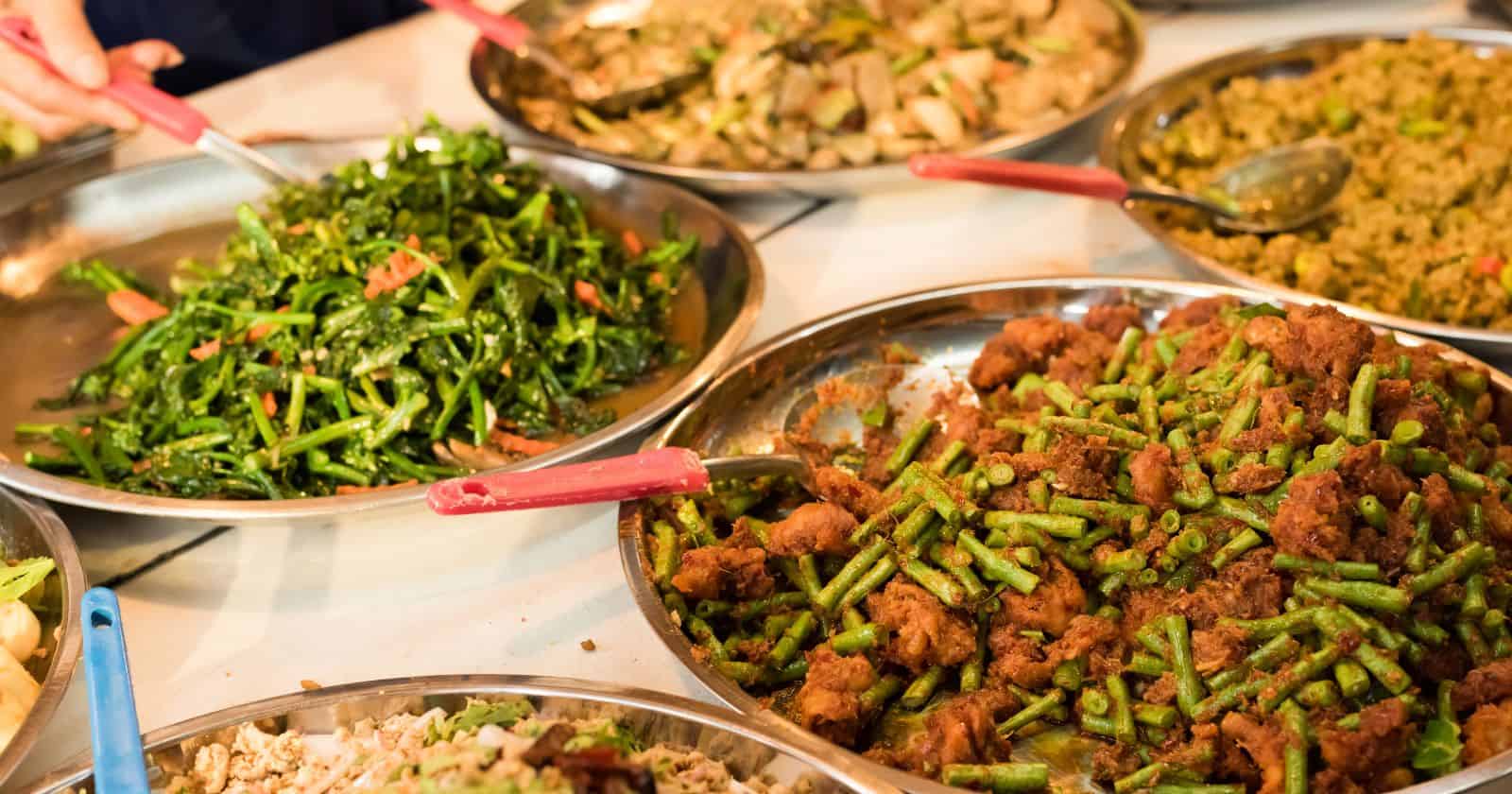Do you love diving into a plate of spicy Buffalo wings or licking the remnants of hot sauce from your fingers? Or do you shy away from anything labeled “hot,” fearing the painful fire in your mouth? Spicy food affects us all differently. If you’ve ever wondered why spicy food hurts, you’re not alone.
In this article, we’ll explore the science behind the burning sensation of spicy food. You’ll learn about:
- How compounds like capsaicin trigger pain
- The body’s physical and psychological responses
- Why some people love the feeling while others avoid it
- The fascinating cultural and culinary history of spicy cuisine
Grab a glass of milk because we’re breaking down the hot topic of why spicy food hurts!
Capsaicin: The Culprit Behind Spicy Food’s Burn
The first step to understanding why spicy food causes pain is getting to know capsaicin. This powerful compound gives chili peppers their trademark heat and is responsible for that fiery burn.
Capsaicin tricks the body’s pain receptors by binding to sensory nerve endings. This sends signals to the brain that the body is burning, though no actual damage occurs. The result? A temporary, yet very convincing feeling of scorching pain.
When you chomp into a spicy meal, the capsaicin binds to receptors in your mouth, esophagus, and stomach lining. This is why you feel the burning at multiple spots as spicy food makes its way through your digestive tract.
Now let’s explore exactly how capsaicin unleashes its burning wrath on your body and mind.
How Your Body Responds to Capsaicin’s Heat
When you consume spicy food, your body reacts as if you’re truly being burned. The capsaicin in peppers and other hot ingredients flips your nervous system into overdrive.
Your physiological and psychological responses include:
- Sweating – As your body tries to cool itself down
- Increased heart rate – Capsaicin raises your pulse
- Flushing – Redness and warm sensation on the skin
- Adrenaline surge – Preparing body for “fight or flight”
You may also experience:
- Stomach pain – From irritation of digestive tract
- Nausea – Fluttering stomach sensations
- Euphoria – Exciting rush from endorphins
Drinking water won’t alleviate the burn. But consuming milk, yogurt or other dairy products can help neutralize the capsaicin. The proteins bind to the compound, reducing its impact.
Why Do Some People Love the Burn?
If capsaicin only causes pain, why do chili-heads seek out the spiciest dishes? Turns out some people are wired to love the thrill of spicy food’s burn.
Reasons why spicy food captivates its fans include:
- Excitement – Chili kick releases mood-boosting endorphins
- Thrill of risk – Enjoying the rush of heat
- Acquired taste – Growing tolerance over time
- Cultural preference – Strong ties to spicy cuisine
Additionally, your personality influences your affinity for
Next, let’s explore how climate and geography tie into mankind’s enduring appetite for spicy fare.
Why Hot Climates Favor Flaming Food
Cultural traditions and local environment greatly impact a population’s penchant for piquant flavors. In regions like India, Mexico, and Thailand,
Several factors drive the popularity of spicy food in hot climates:
- Cooling effect – Spicy dishes make you sweat, helping lower body temp
- Preservation – Antimicrobial properties of chilies prevent spoilage
- Masking flavor – Strong spices cover up tastes of spoiled meat
- Local agriculture – Chili peppers thrive in hot, arid regions
Meanwhile, cooler Northern European regions historically relied less on
The Evolution of Spicy Cuisine Across Cultures
The use of pungent spices spread along historical
- India – Chili peppers integral in curries; love of heat strongest here
- Thailand – Trade allowed chili and
spice ingredients to shape Thai food - Mexico – Oldest evidence of chili pepper cultivation in the Americas
- Hungary – Love of paprika arose after Turkish rule introduced peppers
- Korea – Chili sauce and pepper flakes flavor traditional dishes
The popularity of chili peppers and other blazing spices also arises from perceived health benefits. Capsaicin offers antioxidant and anti-inflammatory effects.
So whether it’s due to culture, preference, or health,
Spicy Food Survival Tips
If you want to venture into spicy fare but fear the fire, these tips help prevent a flaming meltdown:
- Start slow – Build up tolerance with mildly spicy dishes first
- Add
spice to taste – Customize heat levels to your preferences - Avoid empty stomach – Eat spicy food as part of a meal to minimize stomach irritation
- Beware next day – Spicy food may burn worse coming out than going in
- Keep milk nearby – Dairy is your best friend for neutralizing capsaicin
- Accept the burn – Mentally preparing yourself can help you withstand the heat
With the right strategies, you can train your taste buds to better appreciate spicy food without quite as much pain. Play with different pepper varieties to discover your
The Science Behind Building a Spicy Food Tolerance
For chili lovers looking to move up to the next salsa scoville level, understanding the science behind building a tolerance to spicy food helps. While some people are born with tongue of steel, it is possible to train your taste buds to better handle the fiery wrath of capsaicin.
The key is gradually increasing exposure to capsaicin to build up nerve desensitization. Here’s what’s happening on a molecular level:
- Capsaicin binds to TRPV1 receptors in the mouth and throat that detect heat and pain. This triggers nerves to fire, signaling “hot!”
- With repeated exposure, these TRPV1 receptors start to become overloaded and fatigued.
- The nerves don’t fire as intensely, muting the brain’s perception of heat.
- In essence, your nervous system learns to shrug off the capsaicin, letting you handle more
spice .
Starting with small amounts of capsaicin and slowly increasing dose trains the neurons to develop a higher activation threshold.
It’s like strength training – you have to slowly ramp up the weight to build muscle. With strategic, incremental exposure, even the most sensitive palates can adapt to enjoy spicy heat. Just take it slow and listen to your body.





